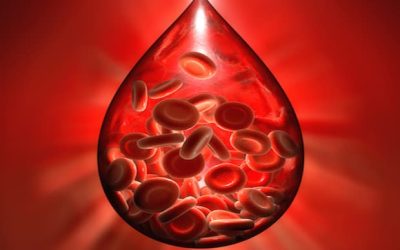Global spend on prescription drugs is forecast to hit nearly $1.5 trillion by 2021, rising 33 percent from 2016 even as annual growth slows from record levels seen in 2014 and 2015, according to a new report from the QuintilesIMS Institute for Healthcare Informatics.
While historically large numbers of high-quality new medicines will emerge from the R&D pipeline in the next five years, the report says we can expect a lower annual rate of growth of 4-7 percent instead of the recent 9 percent because of pricing and market access pressures, lower volume growth in pharmerging markets and greater savings from patent expiries.
The total global spend for pharmaceuticals is set to increase by $367 billion on a constant-dollar basis through 2021. But the figure doesn’t take into account rebates, discounts, taxes and other adjustments that affect net sales received by manufacturers, the impact of which is expected to slash growth by $127 billion, or approximately 35 percent of the growth forecast, it notes.
“The outlook for medicine spending growth reflects a more sustainable level for health systems, following the unexpectedly high growth seen in recent years,” said Murray Aitken, senior vice president and executive director of the QuintilesIMS Institute.
“At the same time, the astonishing level of scientific advances for disease treatments inevitably will place ongoing pressure on funding for medicines – requiring value-based assessments that balance patient needs and pricing levels with competing healthcare priorities.”
According to QuintilesIMS’ report, Outlook for Global Medicines Through 2021: Balancing Cost and Value, most global spending growth – particularly in developed markets – will be fuelled by significant innovations in oncology, autoimmune and diabetes treatments, and new drug launches will reach “historically high” levels in the next five years.
The report forecasts the arrival of 45 new active substances a year out to 2021 from a late-stage pipeline that currently houses more than 2,000 experimental medicines, which will address significant unmet needs across a wide range of disease areas, and drive “dramatic improvements” in survival and tolerability.
Geographically, the US will continue as the world’s largest pharmaceutical market, contributing 53 percent of predicted growth over the next five years, while China will remain the second largest market, driving 12 percent of the growth.
Over in Europe, tight constraints on drug budgets are expected to remain in force, with forecasts low pre-rebate and discount growth of 1-4 percent in the EU top five countries through 2021 reflecting “policymaker responses to unexpectedly high new drug spending in 2014 and 2015, and relatively weak economic growth in the region”.
Also, the impact of BREXIT on the UK pharmaceutical market is expected to be modest, driving at most a 1.5 percent slower growth rate, QuintilesIMS believes.









